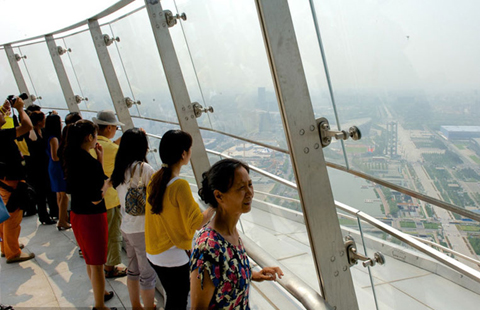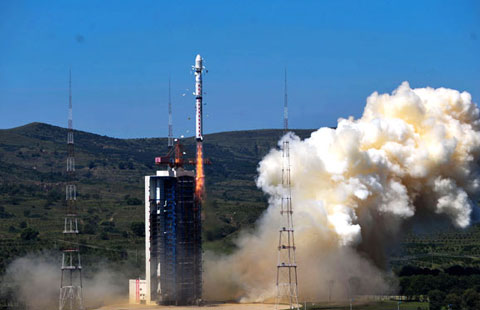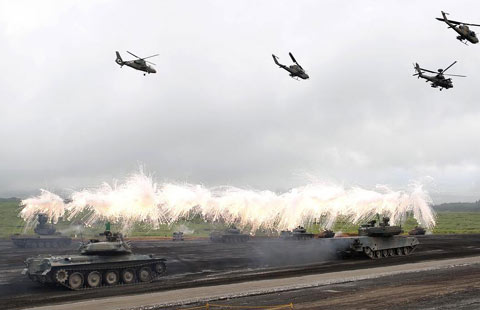New water-saving irrigation system tested in Xinjiang
Updated: 2014-09-01 20:55
By Zhou Lihua and Zhang Yu(chinadaily.com.cn)
|
||||||||
A new water-saving irrigation technology has been successfully tested in the growing area of Hami in the Xinjiang Uygur autonomous region.
With the Trace Quantity Irrigation technology, date trees in the test land yield the same output with only 30 percent to 40 percent of the water volume that would be needed with drip irrigation.
The key part of the TQI system is a water-controlling tip that is put underground near crops' roots. The tip delivers water directly to the roots at a speed that's consistent with crops' absorption rate.
Drip irrigation sends water to the soil through small holes in plastic pipes.
With the same amount of water, the TQI system can irritate twice as much land as with drip irrigation, and more than 10 times that of flood irrigation.
According to Zhu Jun, a professor at Huazhong University of Science and Technology and the inventor of TQI technology, the test project in Hami has achieved several breakthroughs in water-saving irrigation.
Previously, under the drip irrigation system, the flow volume must be higher than 1.36 liters per hour.
However, with TQI technology, the flow volume can be lower than 200 milliliters per hour, making it possible to irrigate the land at a much lower rate of water flow.
Thus, water use efficiency is greatly improved. One cubic meter of water can be used to irrigate more than 0.4 hectare, which is about 4,000 square meters of land. With drip irrigation, 1 cubic meter of water can irrigate 0.2 hectare, while for flood irrigation it will cover 0.033 hectare.
Additionally, a single well can irrigate more land. And only two valves will be needed with TQI, when 20 are necessary for drip irrigation.
The TQI technology can also reduce seepage of fertilizers, improving fertilizers' efficiency and decreasing pollution to groundwater.
The Hami region is one of the most arid growing areas in China, with annual precipitation of less than 50 mm.
Xinjiang water authorities said on Aug 26 that the TQI technology not only helps them save water, but also prevents the emitter from becoming blocked, which happens easily in the drip irrigation system.
TQI technology has also been tested in Beijing, Hebei and Ningxia.
It was invented jointly by a research center at Huazhong University of Science & Technology in Hubei province and Beijing Puquan Science & Technology Co Ltd. It is expected to help solve China's water shortage.
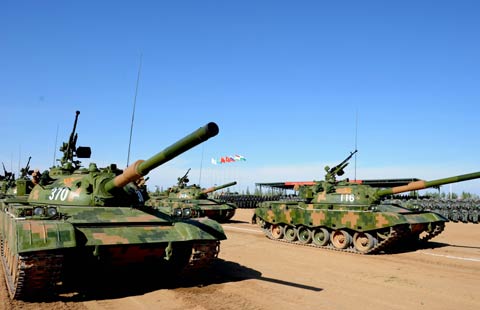
 Peace Mission - 2014 military drill ends in China's Inner Mongolia
Peace Mission - 2014 military drill ends in China's Inner Mongolia
 First steps on a journey of discovery
First steps on a journey of discovery
 Garbage dump turns water into poison
Garbage dump turns water into poison
 Vintage cars exhibition opens in Jinan
Vintage cars exhibition opens in Jinan
 Discussion on Chinese FDI
Discussion on Chinese FDI
 Boeing, Xiamen Airlines celebrate 787 Dreamliner delivery
Boeing, Xiamen Airlines celebrate 787 Dreamliner delivery
 US photographer captures amazing starry night
US photographer captures amazing starry night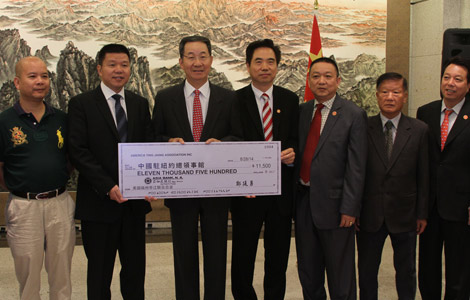
 More earthquake relief rolls in
More earthquake relief rolls in
Most Viewed
Editor's Picks

|

|

|

|

|

|
Today's Top News
Chinese American to run NYC public schools' fund
US launches fresh air strikes on IS rebels
NPC decision a landmark in HK democratic development
Chui Sai On elected Macao chief executive-designate
Exhibition on China-US WWII collaboration unveiled
Google building delivery drones
US, China plan followup to Sunnylands summit
US urged to stop recon
US Weekly

|

|


